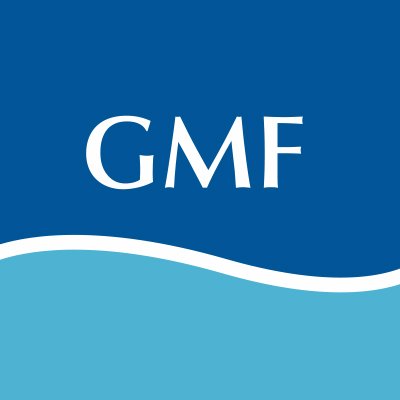Metro Milwaukee ranks high for communities of color
Findings part of new report that measures well-being of metro area
The Metro Milwaukee region has one of the youngest communities of color as well as one of the oldest white communities and remains one of the most segregated, according to a new report commissioned by the Greater Milwaukee Foundation.
With 31.3 percent of its population part of a racial or ethnic minority, the metro Milwaukee region ranks sixth out of 15 comparable regions in terms of its diversity, according to “Vital Signs: Benchmarking Metro Milwaukee.” The median age for whites is 40.9 years, compared to 28.4 for African Americans, 24.5 for Hispanics and 29.0 for Asians, one of the largest gaps among the 16 regions studied. Despite such diversity, the metro area remains the most segregated region of its counterparts.
That finding is just one of many in the report, a tool that measures and assesses the metro region’s health and competitiveness. It compares the four-county region to 15 other similar metro areas using 81 indicators in five categories: population vitality, economic strength, personal prosperity, community well-being and lifelong learning. Community Research Partners, a Columbus-based nonprofit organization, conducted the research for the report, which will be updated on an annual basis. In addition to the Foundation, the United Way of Greater Milwaukee, The Faye McBeath Foundation and the Greater Milwaukee Committee are co sponsors.
“In order to move forward, together, it’s imperative that we know where we started,” said Nicole Angresano, vice president of community impact for United Way of Greater Milwaukee. “This report illustrates current social, health and economic data, and gives us a clearer picture on what we are doing well, and what we need to work on.”
Other key findings in the report, available at www.greatermilwaukeefoundation.org, include:
- We exhibit considerable strength in a couple of employment sectors but relative to other similar regions, we rank low on per capita income
- Metro Milwaukee does well in attracting people with graduate degrees and generates a lot of research doctorates, which suggests we have opportunities to become more of a research hub
- Whether renting or owning, the region is one of the least affordable for housing and we have the lowest rate of homeownership
- Metro Milwaukee has a lot of students enrolled in college, but we don’t have a lot of local residents who complete graduate degrees.
“Vital Signs allows us to see where we can build on our region’s strengths as well as focus our attention, energies and resources in areas that we need to improve,” said Ellen M. Gilligan, the Foundation’s president and CEO. “Our hope is that this data can be used as a conversation starter among planners, policymakers, researchers and other leaders to continue to build on the momentum in the metro area in many areas as well as to move the region forward in those areas where we are falling behind.”
NOTE: This press release was submitted to Urban Milwaukee and was not written by an Urban Milwaukee writer. While it is believed to be reliable, Urban Milwaukee does not guarantee its accuracy or completeness.
Mentioned in This Press Release
Recent Press Releases by Greater Milwaukee Foundation
Otto Bremer Trust again selects Greater Milwaukee Foundation as philanthropic partner for Community Responsive Fund
Mar 5th, 2025 by Greater Milwaukee FoundationFoundation to distribute $3 million in grants to local nonprofits; application opens March 17
Small grants program celebrates 10 years of big impact
Dec 2nd, 2024 by Greater Milwaukee FoundationLocal foundations collaborate to support resident-led projects


















